For this article, we’ve looked into the companies developing the latest solar-powered drone or unmanned aerial vehicles (UAV’s).
Earlier this year one of our team members was involved in the development of a remotely controlled solar-powered drone. By encapsulating the solar cells directly on the wings, the weight was reduced to a minimum while maintaining the right aerodynamics.
This exercise proved that the flight range of electric planes and UAV’s can easily be extended with the use of high-efficiency solar cells on the wings.
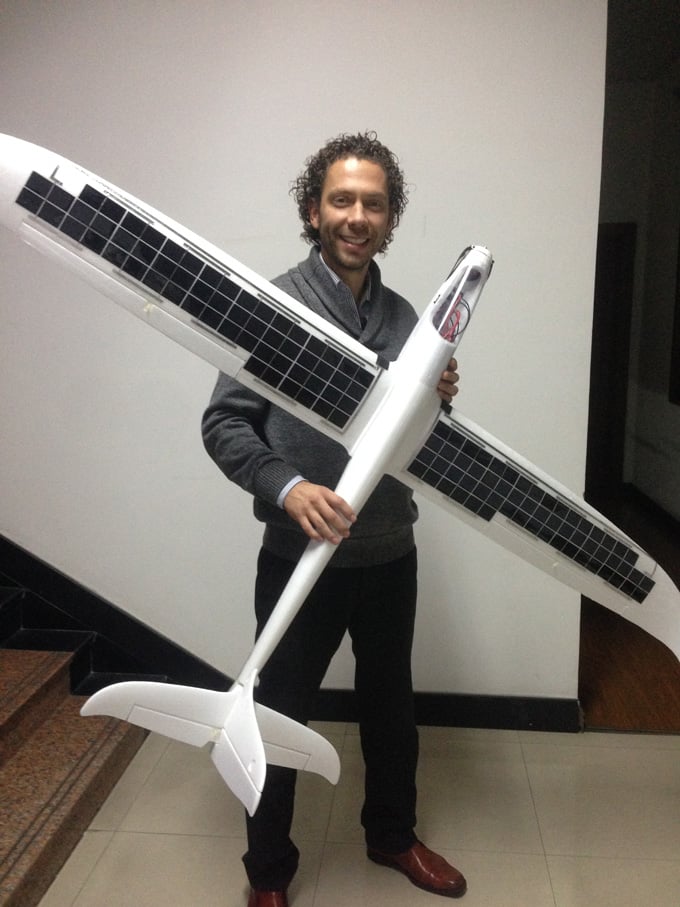
Dricus (Sinovoltaics) with solar-powered UAV prototype
While working on this RC solar-powered UAV project, of course, the question of “What are the leading companies that are developing solar-powered drone technology?” came up.. This article is the overview!
Solar-powered aviation has seen a sharp rise in R&D expenditure for the past 2 years, with especially lots of progress in the domain of solar-powered drones or UAVs.
Drone (UAV) technology moving away from the defense industry
Until 2013, drone or UAV technology was mainly the domain of the defense industry. However the past 2 years we’ve seen small private companies, and large tech- and aviation companies jump into this new market.
According to ABI Research, the drone industry is going to be worth a whopping $8.4 billion by 2019. It’s not just the sales of the hardware, it’s mainly the applications and services where most growth is expected.
And the most exciting part: solar energy is playing an increasingly important role in the development of UAV technology.
Right now there are over a dozen of tech and aviation companies working intensely on the development of solar-powered drones.
Here’s an overview of the 10 players that are betting on this new, exciting technology:
No. 1 – Airbus (QinetiQ)
Airbus, with it’s subsidiary Astrium, has been working on High Altitude Pseudo Satellites (HAPS) since 2008. In 2013 Astrium acquired the Zephyr solar-powered UAV assets from British defense technology company QinetiQ, integrating the QinetiQ Zephyr staff into Airbus’ organization.
Zephyr is a High Altitude Pseudo-Satellite (HAPS) UAV running exclusively on solar power.
The Zephyr has a track record of breaking 3 world records in 2010, including:
- Longest endurance flight for UAV (336hrs)
- The highest altitude reached (18,805m)
- Longest flight (23hrs, 47min)
Zephyr has evolved through the years with different models. Airbus is currently working on Zephyr 8.
| Wingspan: | 28 meters |
| Altitude: | approximately 21,000 meters |
| Cruising speed | 55km/h |
| PV: | amorphous silicon |
| Batteries | lithium-sulfur (Zephyr 7) |
| Electric motors: | 2x 450 Watt electric motors (Zephyr 7) |
| Payload | 5-10kg |
| Weight | 60kg |
Is Zephyr making satellites redundant?
Since 2014 Airbus has continued to develop the Zephyr and break records. In September 2014 the Zephyr became the first ever UAV to perform a flight authorized by a civil authority.
The company aims at full commercializing of the Zephyr as an alternative to satellites.
The UAV has all the advantages of an aircraft and satellite combined: it can be re-used and has a wide coverage due to its flexibility in location. At the same time, it’s capable of taking on similar tasks as satellites: it can fly at high altitudes, perform similar applications, and is reliable.
Airbus is targeting several applications with its Zephyr drone, including Full HD imaging, thermal imaging, the creation of temporary communications networks, and emergency services support.
No. 2 – Boeing Phantom Works
Boeing’s dedication to solar power technologies dates back to 1973, which began after the oil embargo made it clear that fossil fuels can not be relied on and that alternative energy sources are needed. Back then it already researched large-scale solar power producing satellites, interesting read about Boeing’s solar energy history here.
The Phantom Works division is the advanced prototyping arm of the Defense and Security side of The Boeing Company. Its primary focus is developing advanced military products and technologies, many of them highly classified (Source: Wikipedia).
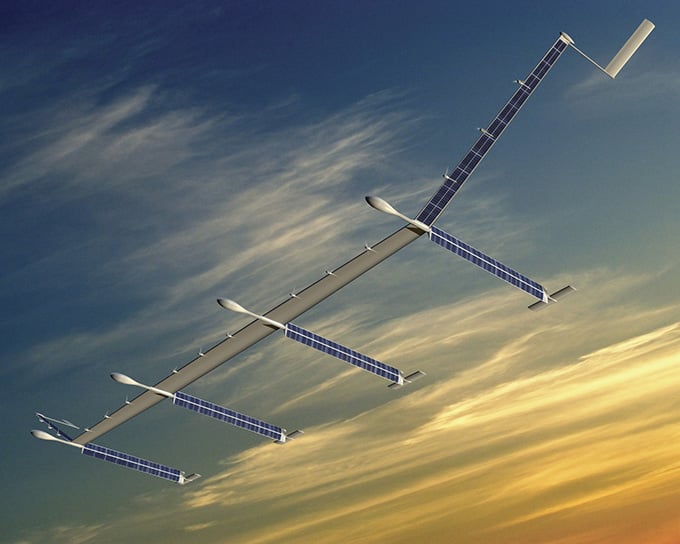
Boeing Phantom Works – Solar Eagle (Source)
Boeing SolarEagle (Vulture II) is a solar-powered unmanned aerial vehicle (UAV). Unique about this drone is that it’s built to eventually remain airborne for over 5 years, and therefore is considered a High Altitude, Long Endurance (HALE) plane.
US’ organization DARPA has injected USD 90 million in the project, with Boeing investing the rest.
SolarEagle specs:
| Wingspan: | 120 meters |
| Cruising speed | |
| PV: | 5kw |
No. 3 – Google (Titan Aerospace)
Google got into the business of solar-powered drones with the acquisition of Titan Aerospace, a high-altitude, long-endurance (HALE) solar-powered UAV manufacturer in April 2014.
Titan Aerospace developed drones called Solara 50 and Solara 60 capable of flying at a reported altitude of 20km for impressive periods of over 5 years. That period is an estimate, however, at these altitudes, there are few that can disturb a plane to continue its steady path in the air.
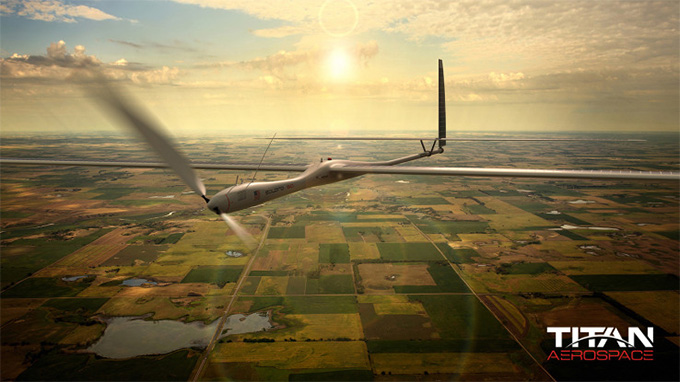
Google – Titan Aerospace – Solara 50, Source: Titan Aerospace
Solara 50 specs:
| Wingspan: | 60 meters |
| Cruising speed | 105 km/h |
| PV: | 3000 solar cells, producing 7kw |
| Launch: | with a catapult |
Drones capable of flying near the edge of the earth’s atmosphere, considered atmospheric satellite technology, would be more than suitable to offer cheap and widespread internet connectivity in remote areas, at costs well below those of commercial satellites.
You may wonder if Google purchased Titan Aerospace because project Loon, with its large balloons that can travel the world in short periods of time, are perhaps considered less effective or reliable in providing internet connectivity in remote areas?
Or perhaps the combination of perfectly controlled solar-powered drones and Loon’s fast to deploy and rapid moving balloons can be combined into a hybrid system, creating the ultimate internet coverage network.
Update 1 February 2016:
The latest solar-powered drone project from Google is called the Skybender.
Google recently hired a large warehouse from the company Virgin Galactic have rented in the US state of New Mexico. From here it’s working on a solar-powered drone that can broadcast 5G internet all over the US.
The Skybender drones are said to be experimenting with millimeter-wave radio transmissions. These particular radio waves eventually will bring internet speeds of up to 40 times faster than we’re seeing with 4G LTE systems.
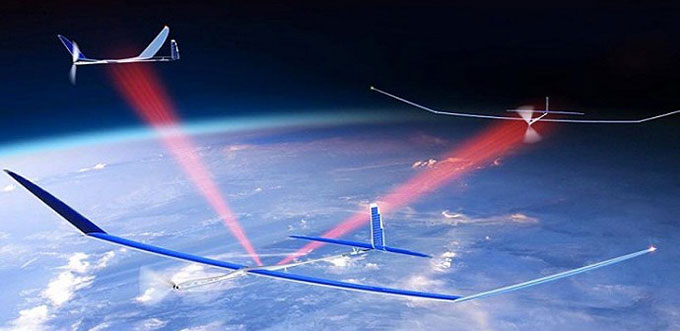
Google Project Skybender
It’s still quite a challenge to roll out the millimeter wave chencology, as they have a much shorter range compared to current mobile phone signals. The current signals that Google is experimenting with at the moment are known to have only 10% of the range of an average 4G signal. One solution Google is working on is to implement focused transmissions from a phased array.
Currently, Google is using different types of drones for the Skybender project, including the solar-powered Google Titan and the Centaur.
Once multiple drones are flying in an area, they will be replacing the traditional towers and receivers. Also they will be able to reach remote parts of the country. Eventually, with the project Skybender Google is aiming at providing 5G coverage worldwide.
No. 4 – Facebook (Ascenta)
Facebook got involved with solar-powered drone technology with the acquisition of UK-based Ascenta in March 2014.
Facebook’s Connectivity Lab is committed with internet.org to to build drones, satellites, and lasers to deliver internet to everyone, regardless if you’re living in a world city or in a remote area of a developing country.
Facebook and Google are going head to head when it comes to opportunity of offering high speed internet access to the billions of people who have never been connected to the world wide web before.
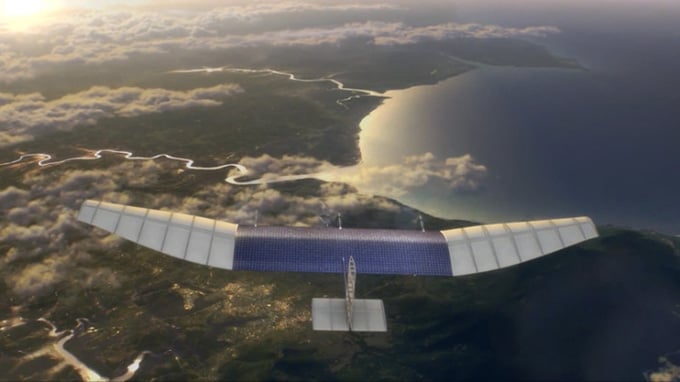
Facebook – connectivity lab – solar-powered drone (Previously: Ascenta)
The company is developing different technologies that are suitable for any region worldwide:
Connectivity Labs believes that satellites will be most suitable for remote places with the low population living over wide areas. The Internet can be beamed down from multiple low orbit satellites, providing a continuous coverage.
For the more densely populated areas such as towns, villages, and suburb areas, Connectivity Labs will utilize high-altitude solar-powered drones (UAV’s). These PV-powered drones will circle at 20,000 meters altitude, well above commercial airlines, away from disturbing weather, and will beam down high-speed internet.
Newly developed laser communication systems can beam data from the sky into communities.
No. 5 – AeroVironment / NASA
AeroVironment, the Pentagon’s top supplier of small drones, has an impressive portfolio of UAV’s. It was Paul MacCready, the founder of Aerovironment who created their first solar-powered experimental airplane in 1979, the Gossamer Penguin.
It’s worth having a look at how AeroVironment used solar power already decades ago for its early planes:
Gossamer Penguin
Gossamer Penguin – was a solar-powered aircraft designed by Paul MacCready, who’s the founder of Aerovironment. The Gossamer Penguin was inspired by another plane, the Gossamer Albatross II. Some specs: weight without pilot of 68 lb (31 kg), 71 ft.(21.64 meters) wingspan, and 541W of solar panels powered an Astro-40 electric motor.
The funny detail is that the test pilot for the first flights was MacCready’s 13-year-old son, who weighed only 36kg (80lb).
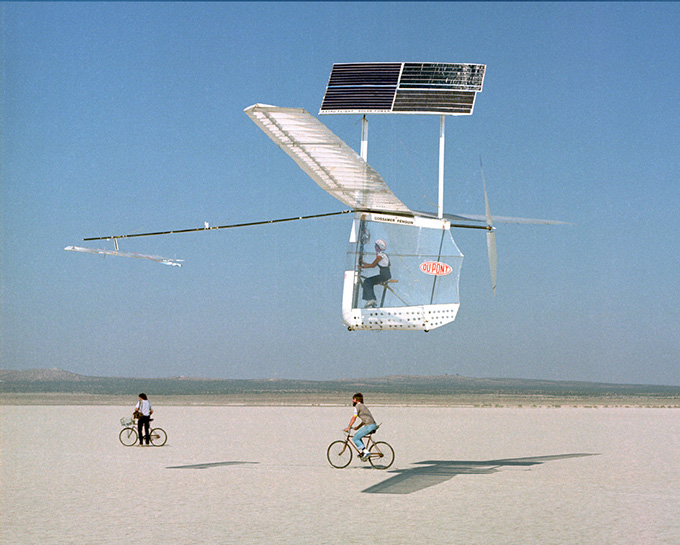
Aerovironment – Gossamer Penguin, Source: NASA
Solar Challenger
Solar Challenger – this solar-powered plane is the improved version of the Gossamer Penguin. Interesting is that this solar-powered plane didn’t carry any batteries and was capable of long-distance flight. It flew 262 km (163 miles) from Paris to the UK solely on solar power.
NASA Pathfinder (Plus)
NASA Pathfinder and Pathfinder Plus are both UAV’s fully powered on solar energy. The drones were built by AeroVironment as part of NASA’s ERAST program. The main objective of building both solar-powered UAV’s was to develop the technologies to allow long-term, high-altitude aircrafts to serve as “athmospheric satellites”.
The Pathfinder Plus was later evolved into the NASA Centurion and Helios solar-powered UAV.
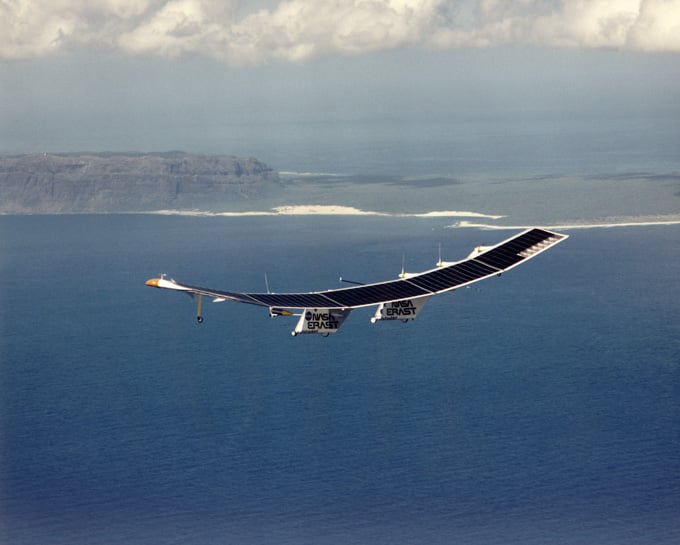
Aerovironment – Pathfinder, Source: NASA
NASA Centurion
The NASA Centurion UAV incorporated several improvements based on the model Pathfinder Plus. The wingspan was extended to 63m (206 feet) and the solar-powered UAV was designed to carry more payloads, of up to 272.2kg (600 pounds). Besides a larger wingspan, the plane increased the number of electric motors to 14 and enlarged the battery capacity.
NASA Helios
The fourth and final solar-powered unmanned aerial vehicle developed by AeroVironment for NASA is the Helios. This solar-powered drone evolved from the Pathfinder into the Helios, a long-term, high-altitude atmospheric satellite.
The Helios was built with two objectives in mind: 1. Sustained flight at altitudes around 30,000m (100,000 feet) 2. Fly for at least 24 hours, including 14 hours above 15,000m (50,000 feet).
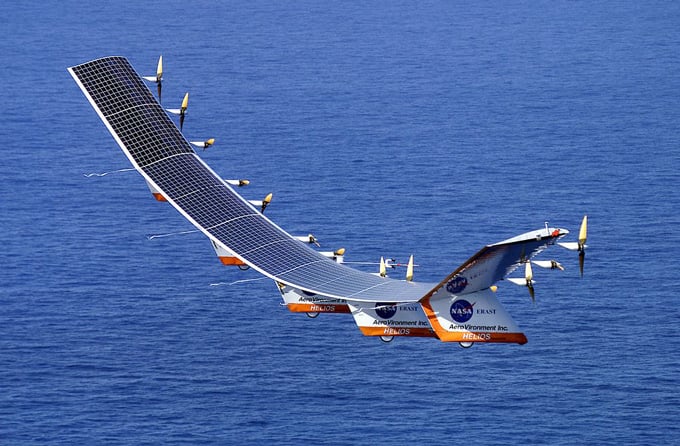
NASA / AeroVironment – Helios, Source: NASA
No. 6 – Lockheed Martin (Hale-D)
The HALE-D is a remotely-controlled solar-powered UAV that is designed by Lockheed Martin to float above the jet stream at 18,000 meters.
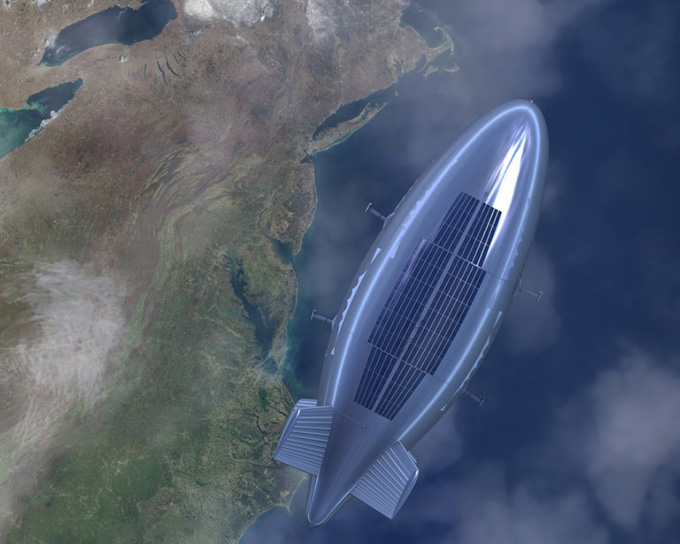
Lockheed Martin – HALE-D, Source: Lockheed-Martin
HALE-D stands for High Altitude Long Endurance-Demonstrator. This unmanned lighter-than-air vehicle operates above the jet stream in a geostationary position and functions as a surveillance platform, telecommunications relay, or a weather observer.
At the same time, the HALE-D can be used in the defense industry as an ever-present intelligence and surveillance platform, offering rapid communications connectivity over the entire battle space.
HALE-D specs:
| Hull volume: | 500,000 ft3 |
| Length: | 240ft |
| Diameter: | 70ft |
| Propulsion Motors: | 2kw electric |
| Energy storage: | 40 kWh Li-ion Battery |
| Solar array: | 15 kW thin-film |
| Cruise Speed | 20 ktas @ 60 kft |
| Station-keeping Altitude | 60,000 ft |
| Payload Weight | 50 lbs |
| Payload Power | 500 watts |
| Recoverable | yes |
| Reusable | yes |
No. 7 – Bye Engineering
Bye Engineering is a subsidiary of Bye Aerospace and is a consultancy business with experience in alternative energy propulsion systems for general aviation aircrafts.
Bye Engineering initially caught our attention when it teamed up with Global Near Space Services (GNSS) several years ago to develop a solar-powered electric UAV. The UAV project, called Starlight, is a combination of high altitude, long endurance, and efficient solar electric propulsion.
The objective of the project was to use the solar-powered UAV to obtain “satellite-like telecommunications and high altitude surveillance capabilities for a fraction of the cost of space-based systems”.
More on the Starlight project here
Bye Engineering continued to develop innovative solar-powered drones.
Silent Falcon UAV
Bye Aerospace assists Silent Falcon UAS Technologies with the design, research, and engineering support of the Silent Falcon UAV.
The Silent Falcon is a small, solar-powered UAV with battery storage. The drone is powered with thin film solar PV panels and carries a 6-blade propulsion system.

Silent Falcon – UAV, Source: Silent Falcon UAS Technologies
Silent Falcon specs:
| Wingspan: | 4.27 meters |
| Length: | 2 meters |
| Weight: | 13.5 kg |
| Endurance: | up to 7+ hours in optimum conditions |
| PV: | Ascent Solar Thin Film Photovoltaic |
| Battery: | Li-Ion Battery |
| Range: | up to 100 km |
| Launch and recovery: | Catapult launch, parachute recovery |
Potential applications include “homeland security and military visual and thermal tactical reconnaissance. Potential civil applications include high-security facility surveillance, pipeline, and power line inspection, aerial law enforcement, forest fire detection, weather monitoring, and aerial photography”.
No. 8 – Atlantik Solar
Atlantik Solar is headed by ETH Zurich’s Autonomous Systems Lab. The company has developed an autonomous, solar-powered drone (UAV) with a wingspan of 5.6 meters that can fly up to 10 days continuously.
The objective of Atlantik Solar is:
“The first-ever crossing of the Atlantic Ocean using a solar-powered Unmanned Aerial Vehicle (UAV)”.
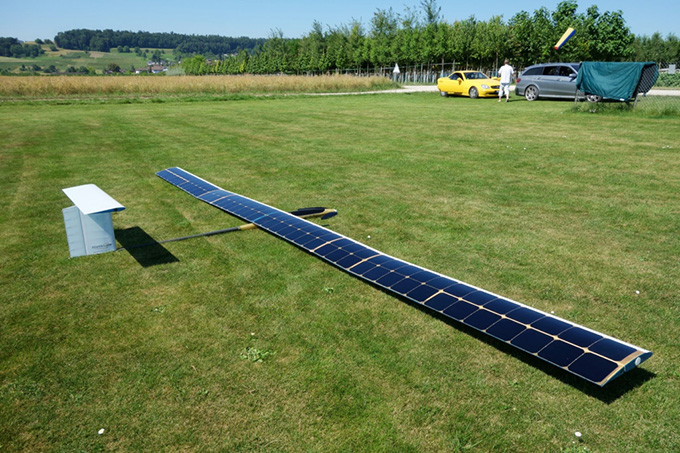
Atlantik Solar – UAV, Source Atlantik Solar
According to their project brochure Atlantik Solar is attempting to “cross the Atlantic Ocean with a ‘swarm’ of 4 UAV’s by the end of June 2015, crossing 5000km of flight distance during 7 days of harsh Atlantic environment with potentially strong winds and thunderstorms”.
As this deadline has already been passed, we expect the team has slightly postponed its efforts which is common for such projects, as often ideal weather circumstances, are required.
Atlantik Solar UAV specs:
| Wingspan: | 5.6 meters |
| Mass: | 6.3kg |
| Structure: | lightweight carbon fibre & kevlar structure |
| Power system: | 1.4m2 of solar panels with Li-Ion batteries |
| Payload: | Digital HD camera, live-image transmission |
| Launch: | hand launch-able |

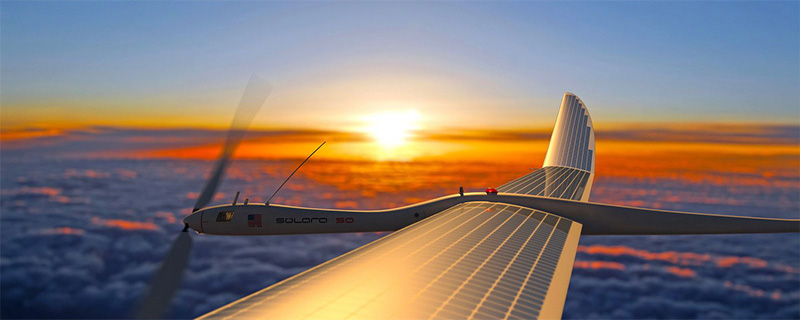

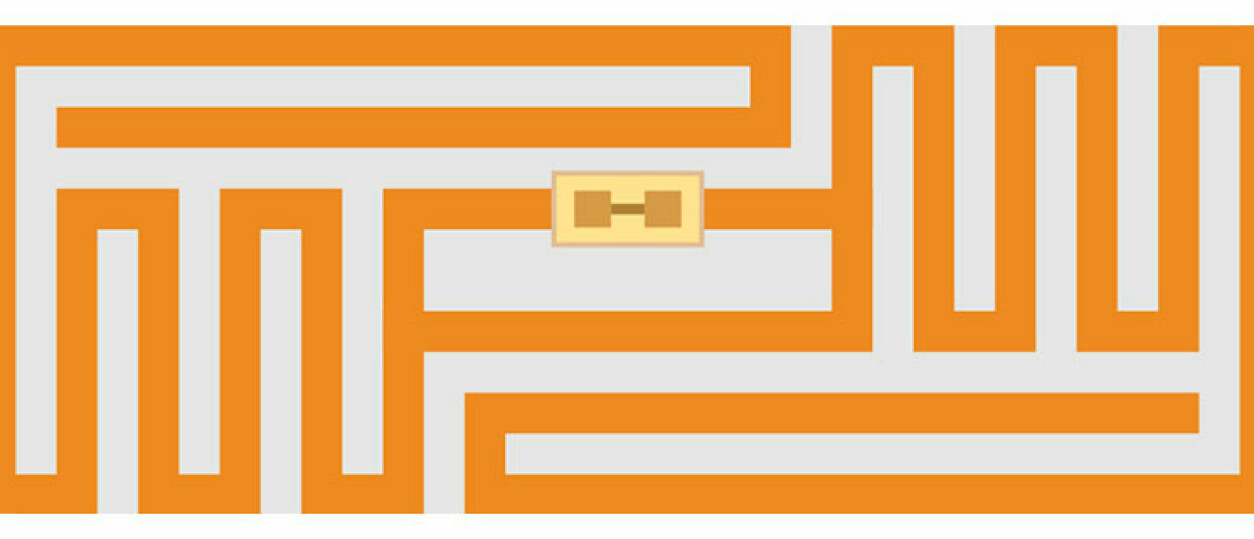


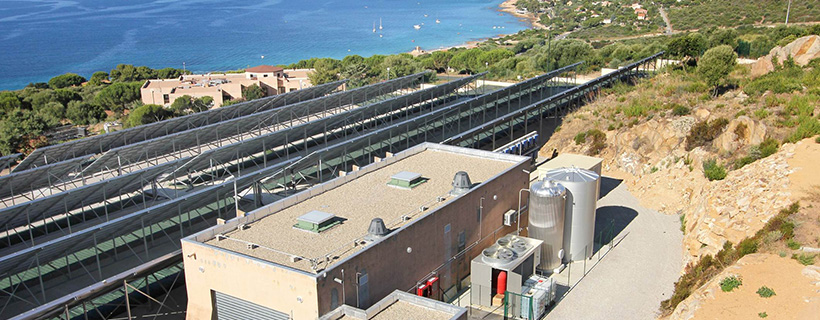
joe
on 04 Jul 2017jabu
on 09 Dec 2019Beggio Andrea
on 30 Dec 2016Ricky
on 02 Nov 2016Neil
on 30 Sep 2015Jonathan
on 12 Apr 2016Harlizon
on 06 Aug 2016Harlizon
on 06 Aug 2016julio duran
on 24 Jul 2015